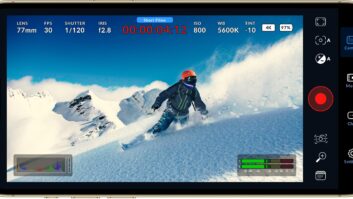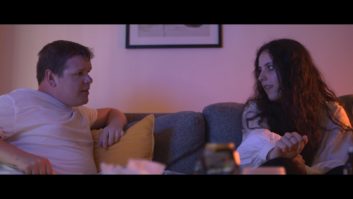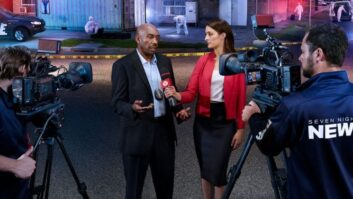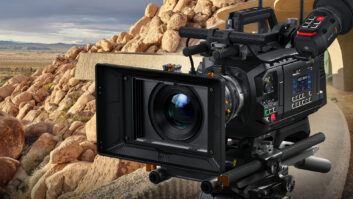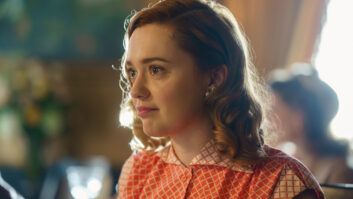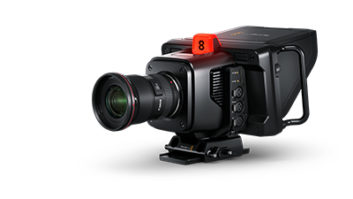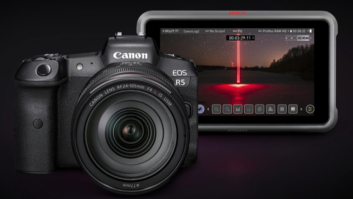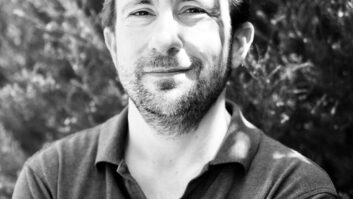Chasing Tokyo is a film about Team GB’s sailing team’s highs and lows in the run-up to the postponed 2020 Olympic Games.
In March 2020, just two months after the start of the Covid pandemic, the Olympic Games were postponed. How the team responded to these challenges was captured in the documentary Chasing Tokyo, which follows the sailing team’s trails, tribulations, and victories.
The pressure was perhaps felt most keenly by 25-year-old Eilidh McIntyre, a 470 class sailing world champion whose father, Michael McIntyre, had won an Olympic gold medal at Seoul and whose teammate, Hannah Mills, was already an Olympic medallist.
“We were approached in the spring of 2020 during the height of the lockdown, and the concept instantly captured our hearts,” said director Jack Turner of Orillo Films. “These athletes faced tremendous pressure at the best of times, but Covid had put their dreams on hold. We’d initially anticipated that the film would be about the sport, the training and the athletes’ commitment to succeed, but as we got to know them, it became much more about the human endeavour, the highs and the lows of what they went through.”
The documentary was shot on the URSA Mini Pro 4.6K G2 and Pocket Cinema Camera 6K using Blackmagic RAW, then graded by Cheat on DaVinci Resolve.
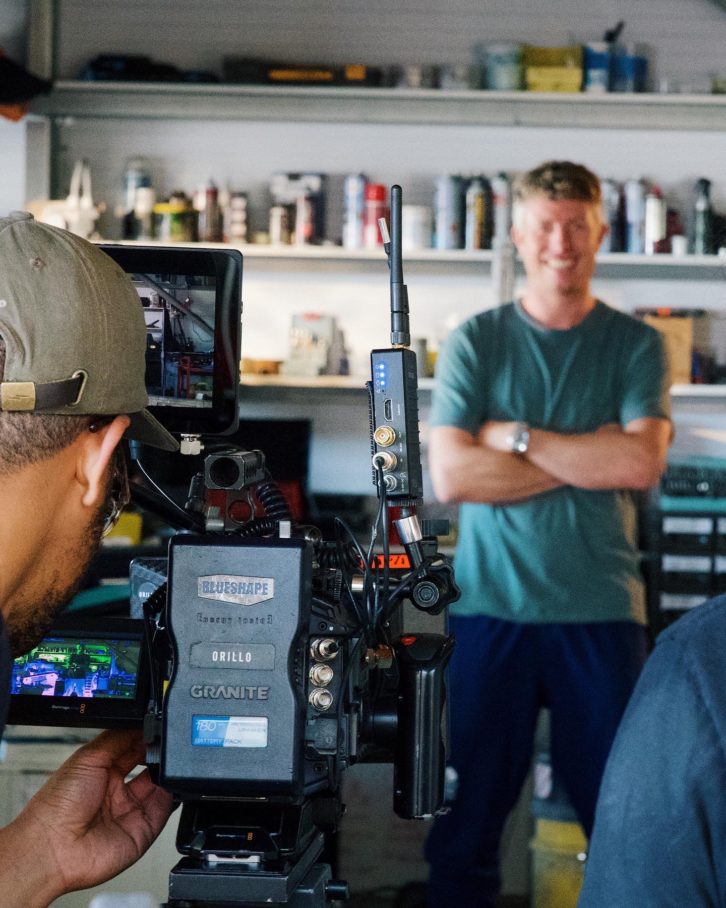
“Filming during the pandemic was enormously challenging,” continued Turner. “We used a combination of verité, archive footage and interviews alongside new cutaway material, including underwater shots, overwater shots and aerial drone footage. The URSAs are absolute workhorses, and got it all done without a hitch.”
The URSA was chosen because of its ability to capture skin tones effectively and provide a natural, unmanufactured look. The URSA’s high dynamic range and internal NDs were critical factors in the success of this production.
“The built-in ND filters were fantastic, especially when shooting outside,” continued Turner. “It meant much less rigging and de-rigging, and we could capture shots faster without interrupting the athletes, who already had plenty on their minds. Likewise, the cameras shared the same easy-to-use interface, which meant I could jump on and capture scenes if the camera team were busy rigging another unit.”
A large amount of archive footage was incorporated into the film, as was material from the Tokyo Games. GoPro units were used to film the underwater sections.
“The URSAs set the tone for the production, and we matched everything to that look,” added Jordan Clarke, the film’s director of photography. “The fact that they had interchangeable lens mounts gave us a lot of flexibility in terms of lenses, and we could switch between a vast array of glass without needing adapters. There were days when we could be doing interviews, then switch to verité, then in someone’s house or out on the water, so having that agility made life a lot easier.”
Before starting the main shoot, the Orillo team tested the formats choosing to shoot in Blackmagic RAW, optimising the balance between quality and data, using constant bitrate and an 8:1 compression ratio.
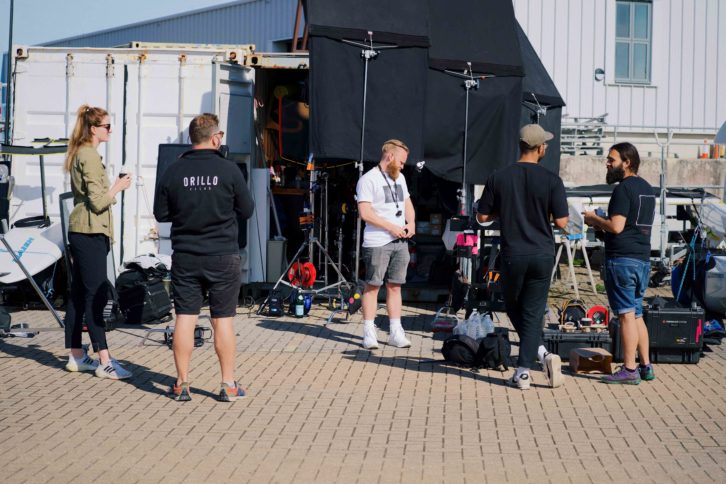
“We tested footage from the camera and used a data rate calculator to see what gave us the right balance of quality and data efficiency,” continued Clarke. “We knew we would end up shooting a lot of material but it had to have the highest possible quality if we were to try and get it into streaming services.
“We worked with editor Will Roberts from the beginning to calculate how much footage might come back after every shoot, and chose 8:1 braw as the perfect balance for our particular project.”
The film was onlined and graded by London-based Cheat, with director Jack Turner, colourist Vlad Barin and DoPs Richard O’Hare and Jordan Clarke working together to ensure that the look and feel of the documentary were absolutely right.
“From the British seaside to Tokyo itself, original footage was mixed with archived content, and we needed the tones to be as fluid as possible throughout, with each scene following on from the last,” said producer, Keenan Foley. “Finally, we wanted to give the story of the sport a unique contemporary twist by bringing texture to the details and subtle vignettes in areas to help our characters stand out and create an authentic human focus.”
“Chasing Tokyo was incredible from start to finish,” concluded Clarke. “From the intense pressure facing Eilidh to Hannah carrying the flag during the Olympic ceremony, it was a moving, emotional voyage for everyone. Although it’s the end of our particular journey, it’s just the very beginning for some of the athletes.”
Chasing Tokyo was produced exclusively for the Olympic Channel, and is available to watch here.
